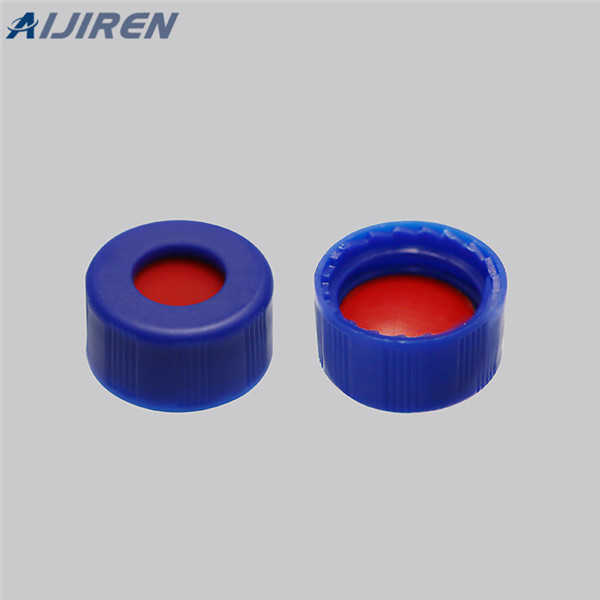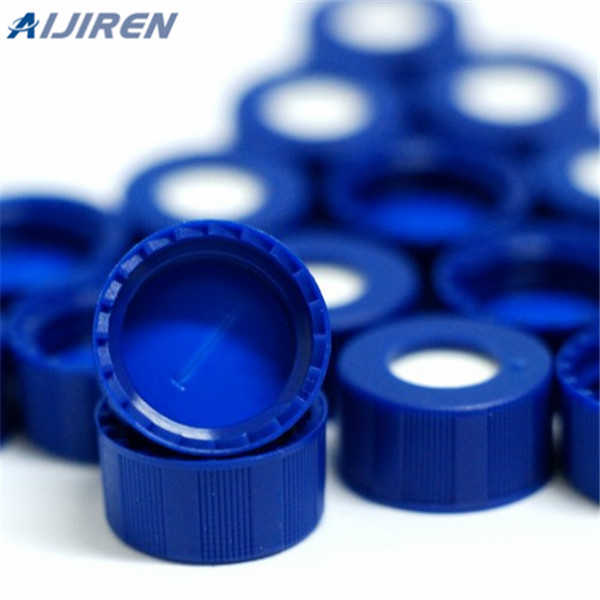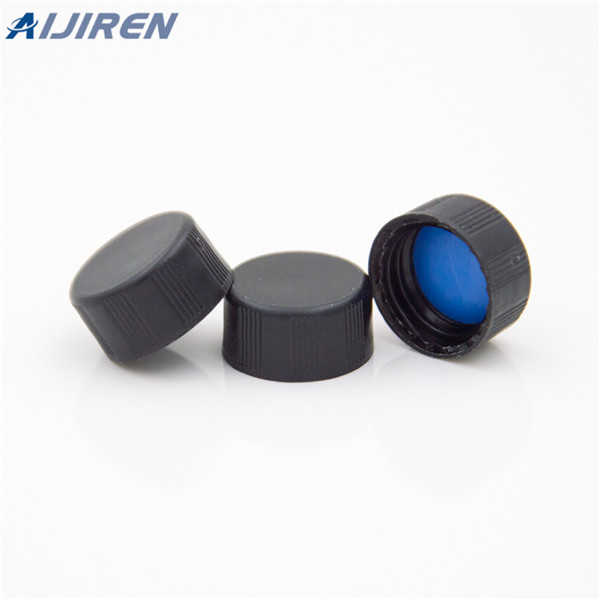Septa leakage in HPLC
-
Polyethylene (PE) septa and integral molded closures Chemically resistant polyethylene septa are molded into single-piece caps. The surface for needle penetration is 0.01" thick, allowing for use with most HPLC autosamplers. Polyethylene septa are not resealable and are intended for single injection use with aqueous based sample mixtures.
-
injection methods. PTFE septa are rarely used for GC applications. Polyethylene (PE) Septa and Integral Molded Closures Chemically resistant polyethylene septa are usually molded into single-piece caps. The surface for needle penetration is 0.01" thick, allowing for use with most HPLC autosamplers. Polyethylene septa are not resealable and are
-
O-rings, and septa is also critical to maintaining leak free connections. Just tight enough (JTE) is the goal for proper installation of these somewhat pliable components. If tight is good, tighter is not better (TNB), as these pliable materials can easily be crushed beyond their design specifications, causing them to leak sooner and more often
-
Purge pump at high flow rate (e.g., 5-10 mL/min.), prime system if necessary. (Prime each pump head separately.) If system has check valve, loosen valve to allow air to escape. If problem persists, flush system with 100% methanol or isopropanol. If problem still persists, contact system manufacturer.
-
Dec 21, 2021 · Liquid on top of vials and carousels. ENVIRONMENT. Alliance HPLC System. 2695 Separations Module. 2695D Dissolution Separations Module. CAUSE. The yellow needle wash waste line is kinked, blocked, or submerged in liquid waste. FIX or WORKAROUND. Pull the yellow needle wash line out of liquid waste.
-
Leaks Due to Septum Nut. • With repeated use, conical needle guide gets worn, out of round, and needs replacement as seppgg pytum can begin to “bulge” out, especially with excessive tightening, • Septa fail faster because needle is not guided with as much precision.
-
When selecting a vial, cap and septum to contain analytical solutions, there are several factors to take into account. In most analyses, the cleanliness of the vial and the septum are most important. 1,2 With analyses where multiple injections of the same analyte (s) are performed over time, the ability of the septum to reseal is a consideration.
-
Sep 20, 2017 · Septa ‘core’ or split through prolonged use, if the incorrect syringe point style is used or if the septum nut, which holds it in place, is over tightened, is badly fitting or if the septum is the incorrect size. Figure 2: Coring of septa following repeated injections . Figure 3: Needle tip styles such as type 5 cause less coring than type 3
-
Sep 1, 2005 · Figure 2 - Septum degradation (seen as ghost peaks). Following is a simple test that can be performed in the laboratory: Keep the column cold (30 °C) for 15 min, perform a blank run (no injection—only a temperature program up to 300 °C), and observe the baseline. After that run, cool the column to 30 °C again, keep it at 30 °C for 60 min
-
Routine Maintenance: To reduce the risk of leaks and contamination, injection port septa should routinely be replaced. Change the septum daily, especially if the instrument is in heavy use. Repeated use of the same septum may resultin increased coring, resulting in a leak. Septum fragments in the inlet liner can also lead to ghost peaks and/or
-
Hot Swap Capillary Column Nut for Aijiren Standard 1/16" Ferrules, for Aijiren and Thermo TRACE 1300/1310, 1600/1610 GCs. Catalog No. 22347. $71.00. Add to Cart. Featured. High-Temperature EI Filament, for Aijiren 5972, 5973, 5975, or 5977 GC-MS. Catalog No. 23099. $157.00.
-
Nov 10, 2022 · Check that the brass nut that connects the split line to the inlet has been tightened enough. If there is still a leak after the previous steps, then it means that there is a hardware leak. A good trick to half-split the system is known as the "septa sandwich." It isolates the septa assembly weldment and the electronic pressure controller (EPC
-
PTFE/silicone septa are always best. What force is required to penetrate the septum? Generally, silicone septa are more easily pierced than red rubber or butyl septa. For thicker, hard-to-pierce septa, a small gauge (23 gauge) needle may be required, or a stronger S-needle can be used. Preslit septa are the best option for
-
Polyethylene (PE) septa and integral molded closures Chemically resistant polyethylene septa are molded into single-piece caps. The surface for needle penetration is 0.01" thick, allowing for use with most HPLC autosamplers. Polyethylene septa are not resealable and are intended for single injection use with aqueous based sample mixtures.
-
Watch how easy it is to cut your crimping time in half. Aijiren offers a broad portfolio including microvials and microvolume inserts, as well as polypropylene and deactivated vials for sensitive samples. Aijiren vials are fully compatible and perform seamlessly with a wide range of instruments.
you can contact us in the following ways.


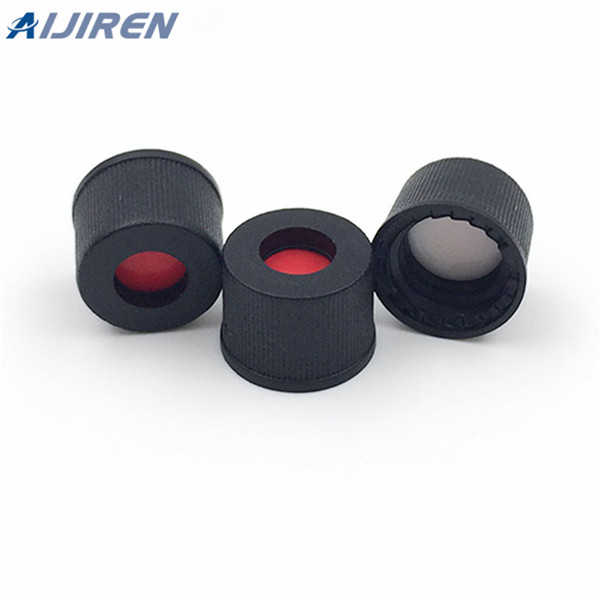
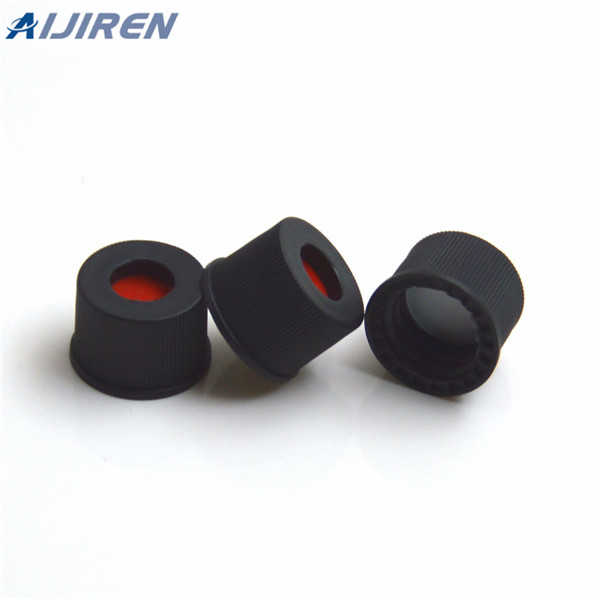
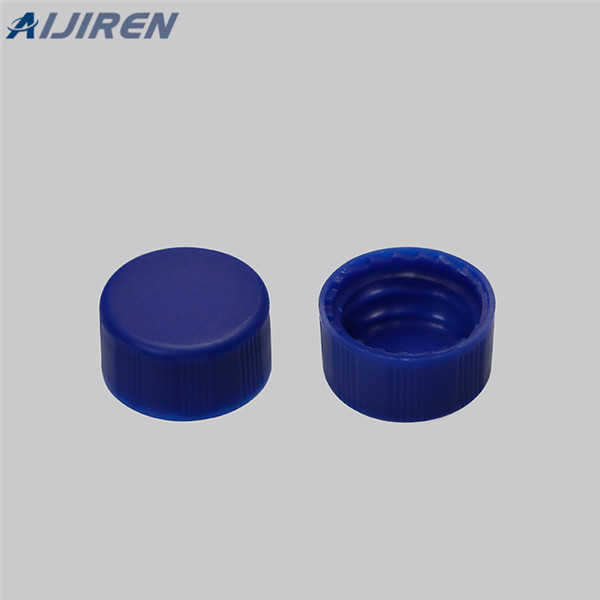

.jpg)
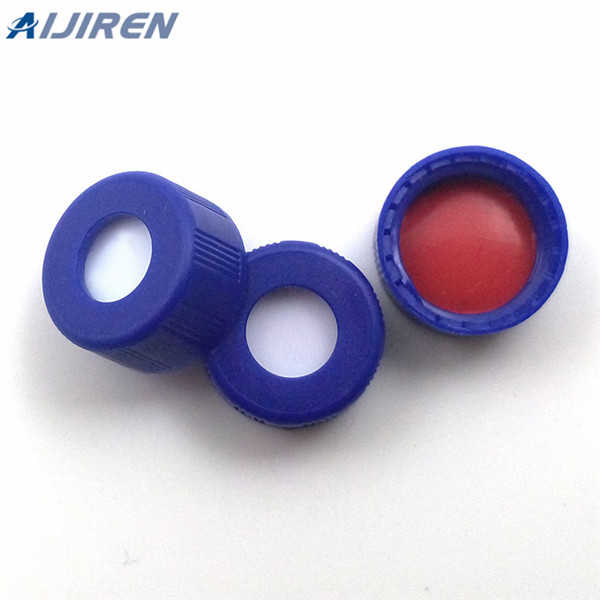
.jpg)


